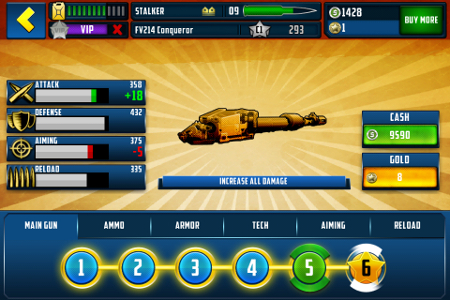TASER devices are some of the most popular self defense products on the market today. They disable an attacker through the use of electrical currents, causing the target to lose muscle control. If you're considering carrying a TASER device for your personal protection, here's what you should know about them:
What does TASER stand for?
TASER is an acronym for " Thomas A. Swift's Electric Rifle," a device from an early 20th century children's book capable of firing bolts of electricity. The TASER name was first used for self defense devices by Jack Cover, a NASA researcher. In 1974, he developed the first device that would become known as a TASER.
What happens when a TASER device is used?
When you fire the device, a compressed nitrogen cartridge fires two probes at your attacker. Once they make contact with the attacker's clothing or skin, the probes send an electrical signal, at which point the attacker will lose all neuromuscular control. In under five seconds, he will fall to the ground, unable to continue the attack.
What are the aftereffects?
All targets of the TASER device become immediately immobilized, and will fall to the ground. Some will experience a tingling sensation or vertigo. After the electrical current is applied via the probes, the target of the TASER device will feel dazed for several minutes. The physical effects of being hit with a TASER can last for up to an hour, but the TASER device causes no long-term or permanent harm.
How is this high voltage method non-lethal?
While most TASER devices have an output of about 50,000 volts, the low amperage of the TASER's electrical output results in no damage to nerves, muscles, or other body parts, while causing immediate loss of muscular control. Although a TASER is a high-voltage device, it only applies about 26 watts of power for less than five seconds, resulting in no permanent damage.
Do the probes need to contact skin directly?
No, the electrical current will still be effective as long as both probes come into contact with either clothing or skin. The current can jump up to two inches, meaning that it will even go through thick jackets and other clothing. For best results, the probes should be fired at the torso, which provides the largest target area.
What happens if the probes miss the target?
If only one probe comes into contact with your attacker, some electrical current will still flow. The amount of current depends on what material is contacted by the second probe. TASER devices can also be used as stun guns. The device itself can be applied directly to the attacker, without use of the probes. This method can be used again and again, without replacing the nitrogen cartridge in the device.
What is the range of a TASER device?
The probes should hit the attacker's body at least four to six inches apart. The probes separate further from each other as the distance from the attacker increases. For bet results, TASER devices should be fired at a target at least several feet away. With most TASER models, the optimum distance is seven to ten feet. At this distance, the probes will land about 16 inches from each other.






 Tiny Thief Hack For Hints and Stars - AppGameCheats.com
Tiny Thief Hack For Hints and Stars - AppGameCheats.com Icon Pop Brain Cheats All Levels
Icon Pop Brain Cheats All Levels Riddles & Bits Yorkshire Pack Level 1-50 Answers
Riddles & Bits Yorkshire Pack Level 1-50 Answers 100 Pics Fairy Tales Pack Answers Level 1-100
100 Pics Fairy Tales Pack Answers Level 1-100 Raids of Glory Cheats, Guide & Hack for Gold, Rum & Skulls - AppGameCheats.com
Raids of Glory Cheats, Guide & Hack for Gold, Rum & Skulls - AppGameCheats.com